The Boykin Spaniel, a native of South Carolina, is a versatile sporting dog known for its intelligence, athleticism, and devotion to its owners. Prized for its hunting prowess, the Boykin Spaniel is equally adept at retrieving waterfowl, upland birds, and even fish. Beyond the field, they make loyal and affectionate companions, excelling in obedience training and canine sports. This guide delves into the rich history, physical characteristics, temperament, and care requirements of this remarkable breed.
History of the Boykin Spaniel

The Boykin Spaniel’s origins can be traced back to the early 1900s, when L. W. Boykin, a South Carolina banker and avid hunter, set out to develop a breed that would excel in the swamps and waterways of his native state. Boykin crossed a variety of breeds, including the Springer Spaniel, Cocker Spaniel, and Chesapeake Bay Retriever, resulting in a dog that possessed the desired combination of hunting instincts, athleticism, and compact size.
The Rise in Popularity
The Boykin Spaniel’s popularity soared during the mid-20th century, becoming a staple among hunters in the Carolinas. Their reputation spread beyond the region, and in 1995, the Boykin Spaniel was officially recognized by the American Kennel Club (AKC). Today, the breed remains a favorite among hunters and dog enthusiasts alike, valued for its versatility, intelligence, and unwavering loyalty.
Unique to South Carolina
The Boykin Spaniel is the only breed to have originated in South Carolina. They were specifically bred to hunt in the swamps and marshes of the state, making them well-suited for the hot and humid climate. Their compact size also allowed them to navigate through dense vegetation and swim in shallow waters, making them ideal for retrieving game in the challenging terrain.
Physical Characteristics of the Boykin Spaniel
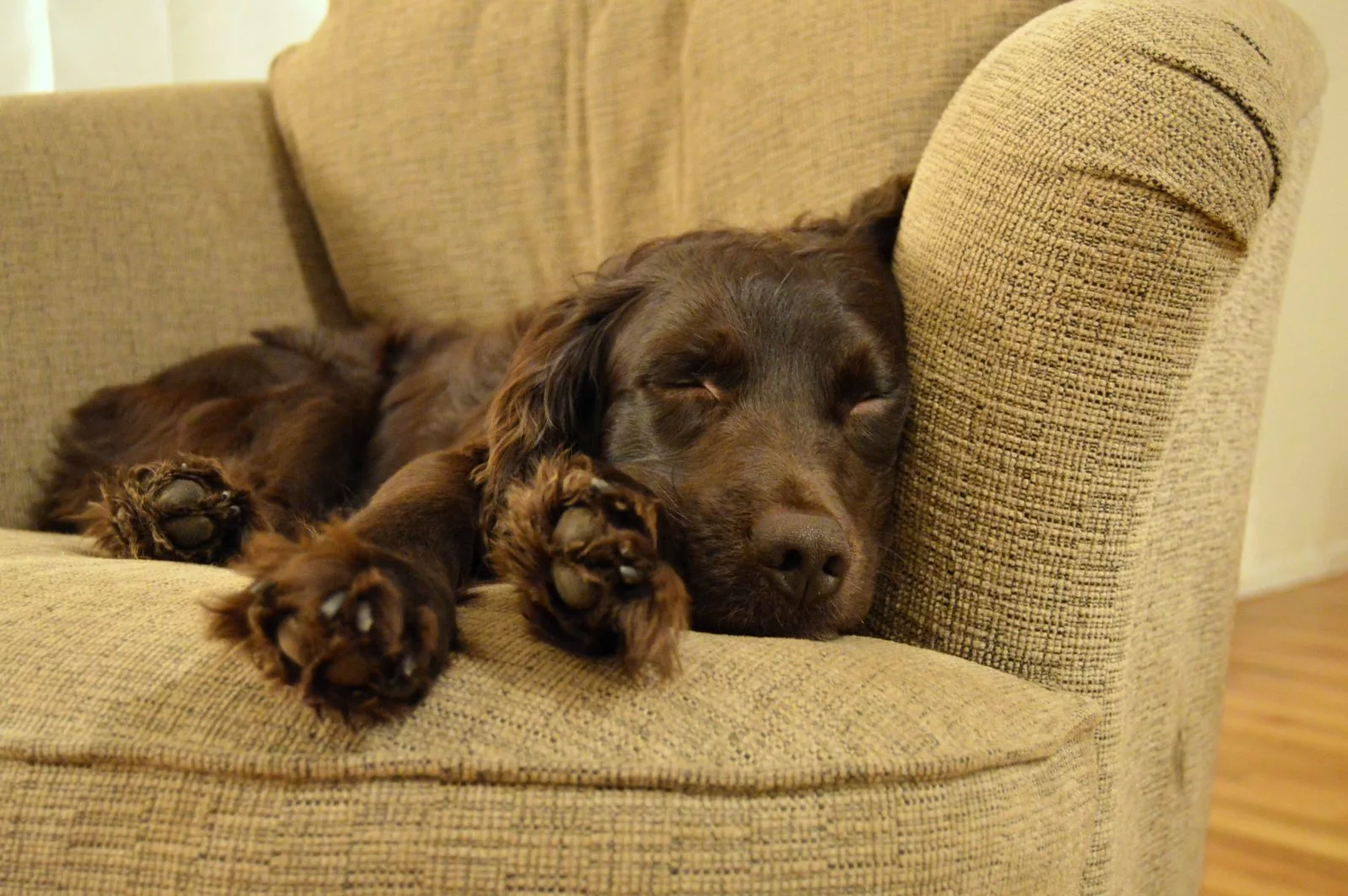
The Boykin Spaniel is a medium-sized breed, with males standing at 15.5-18 inches tall and weighing 30-40 pounds, while females are slightly smaller at 14-16.5 inches and 25-35 pounds. They have a distinctive coat that is typically a rich liver or chocolate color, with some white markings on the chest and toes.
Athletic Build
The Boykin Spaniel has a muscular and athletic build, with a deep chest and strong legs that allow them to move quickly and efficiently through water and rough terrain. Their webbed feet also aid in swimming and retrieving. They have a broad head with a defined stop, and their ears are set low and hang close to their cheeks.
Low Maintenance Coat
The Boykin Spaniel’s coat is short and dense, requiring minimal grooming. A weekly brushing to remove loose hair and debris is sufficient, and they only need to be bathed as needed. However, their ears should be checked regularly for any signs of infection, and their nails should be trimmed every few weeks.
Temperament and Personality of the Boykin Spaniel
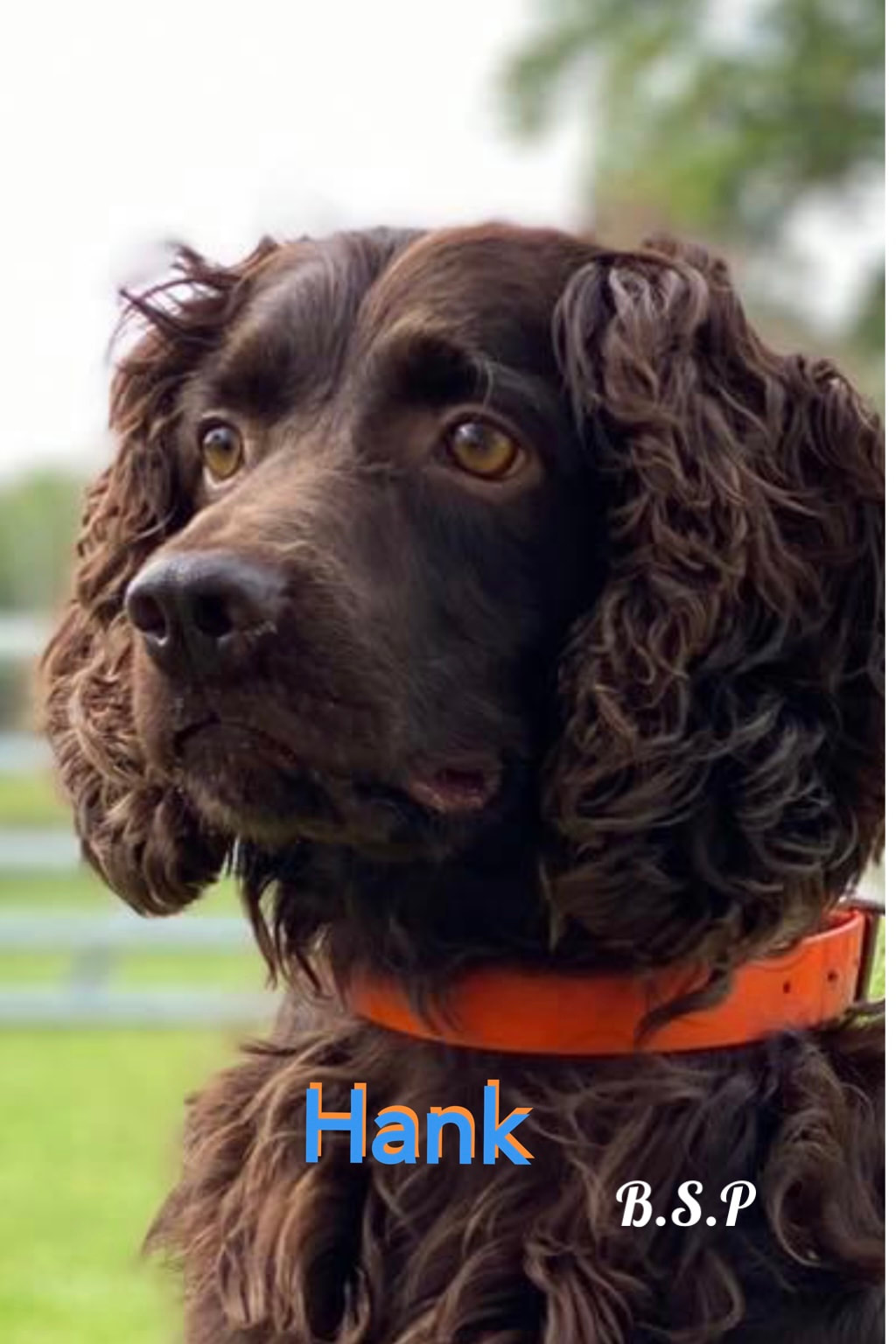
The Boykin Spaniel is known for its friendly and outgoing personality, making them excellent family pets. They are highly intelligent and eager to please, making them easy to train. They are also very social and enjoy being around people, making them great companions for families with children.
Hunting Instincts
As a hunting breed, the Boykin Spaniel has a strong prey drive and is always ready for a challenge. They excel in retrieving game from both land and water, and their keen sense of smell makes them valuable in tracking down wounded animals. Their energy and endurance also make them suitable for long days in the field.
Devoted and Loyal
The Boykin Spaniel is known for its unwavering loyalty and devotion to its owners. They thrive on human companionship and do not do well when left alone for extended periods. They make excellent watchdogs, alerting their owners to any potential danger, but they are not aggressive and are generally friendly towards strangers.
Training and Exercise for the Boykin Spaniel
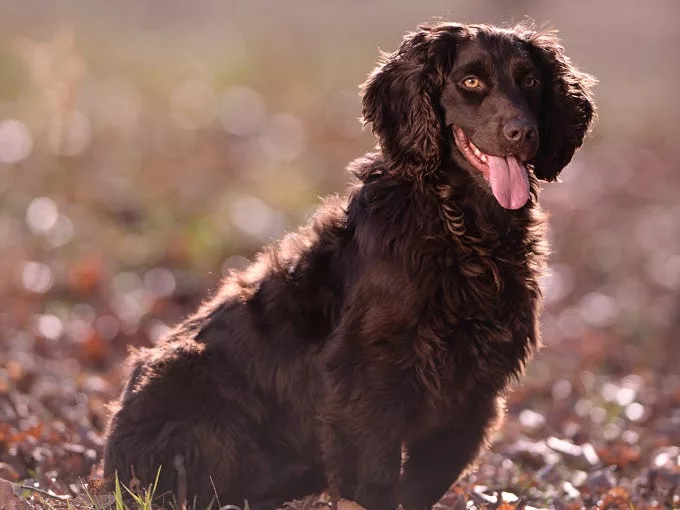
The Boykin Spaniel is a highly trainable breed, thanks to its intelligence and eagerness to please. Positive reinforcement methods work best with this breed, as they respond well to praise and treats. Early socialization and obedience training are essential to ensure a well-behaved and well-adjusted dog.
Mental Stimulation
In addition to physical exercise, the Boykin Spaniel also requires mental stimulation to prevent boredom and destructive behaviors. They excel in canine sports such as agility, flyball, and dock diving, which allow them to use their natural abilities and keep their minds engaged.
Daily Exercise Needs
The Boykin Spaniel is an active breed that requires daily exercise to stay healthy and happy. A minimum of 30-60 minutes of physical activity, such as walks, runs, or playtime in a fenced yard, is necessary to meet their energy needs. They also enjoy swimming and retrieving games, making them perfect companions for outdoor enthusiasts.
Common Health Issues in Boykin Spaniels
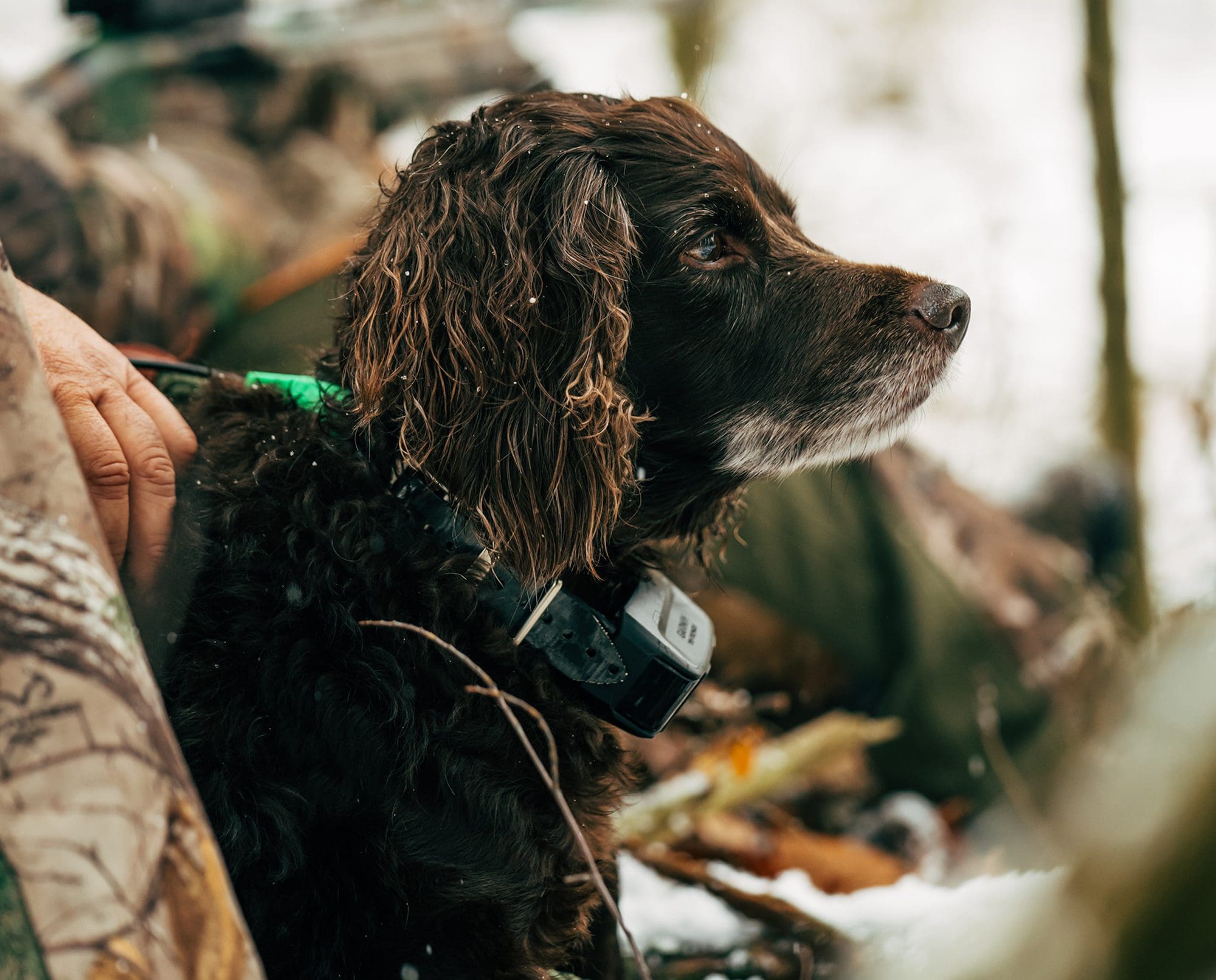
Overall, the Boykin Spaniel is a healthy breed with a lifespan of 14-16 years. However, like all breeds, they are prone to certain health issues that potential owners should be aware of.
Hip Dysplasia
Hip dysplasia is a common condition in many dog breeds, including the Boykin Spaniel. It occurs when the hip joint does not develop correctly, leading to pain and discomfort and potentially causing arthritis later in life. Responsible breeders will have their breeding dogs screened for hip dysplasia to reduce the risk of passing it on to their offspring.
Eye Problems
Some Boykin Spaniels may develop eye problems, such as cataracts or progressive retinal atrophy (PRA). These conditions can lead to vision loss and should be monitored by a veterinarian. Responsible breeders will also have their dogs’ eyes tested and certified by a veterinary ophthalmologist before breeding.
Ear Infections
Due to their floppy ears, Boykin Spaniels are prone to ear infections. It is essential to regularly check and clean their ears to prevent any buildup of wax or debris that could lead to infection. Consult with a veterinarian if you notice any signs of redness, swelling, or foul odor in your dog’s ears.
Grooming Needs for the Boykin Spaniel
The Boykin Spaniel has minimal grooming needs, making them a low-maintenance breed. However, regular grooming is still necessary to keep them looking and feeling their best.
Coat Care
As mentioned earlier, the Boykin Spaniel’s coat is short and dense, requiring minimal grooming. A weekly brushing with a soft-bristled brush or grooming mitt will help remove loose hair and distribute natural oils throughout the coat. They only need to be bathed as needed, typically every 2-3 months.
Nail Trimming
Regular nail trimming is essential for all breeds, including the Boykin Spaniel. Overgrown nails can cause discomfort and even affect their gait. If you hear clicking sounds when your dog walks on hard surfaces, it’s time for a trim. If you’re not comfortable doing it yourself, consult with a professional groomer or veterinarian.
Dental Care
Dental care is often overlooked but is crucial for a dog’s overall health. Regular brushing and dental treats can help prevent tartar buildup and maintain good oral hygiene. It is also recommended to have your dog’s teeth professionally cleaned by a veterinarian at least once a year.
Choosing the Right Diet for Your Boykin Spaniel
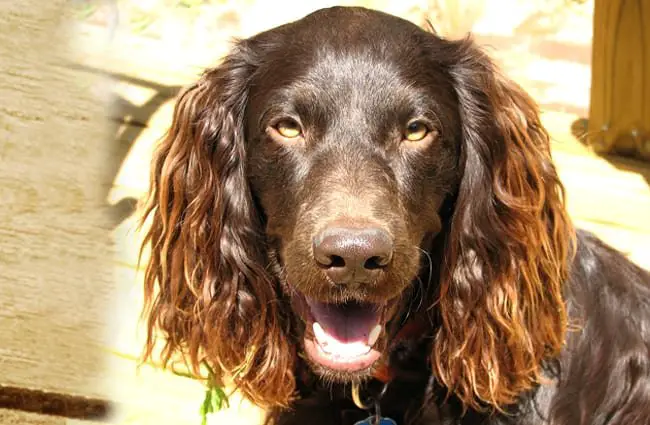
A high-quality diet is essential for the overall health and well-being of your Boykin Spaniel. As an active breed, they require a diet that is high in protein and fat to support their energy needs.
Protein Requirements
The Boykin Spaniel requires a minimum of 18% protein in their diet, but ideally, it should be closer to 25%. Look for dog food with meat as the first ingredient, such as chicken, beef, or fish. Avoid foods with fillers and by-products, as these do not provide the necessary nutrients for your dog.
Fat Requirements
Fat is an essential source of energy for dogs, and the Boykin Spaniel requires a minimum of 5% fat in their diet. Look for dog food with healthy sources of fat, such as chicken fat or fish oil. Avoid foods with excessive amounts of fat, as this can lead to obesity and other health issues.
Feeding Schedule
Puppies require more frequent meals than adult dogs, typically 3-4 times a day. As they grow, you can gradually decrease the number of meals until they are on a twice-daily feeding schedule. It is also important to monitor your dog’s weight and adjust their portions accordingly to prevent obesity.
Living Arrangements for the Boykin Spaniel
The Boykin Spaniel is a highly adaptable breed and can thrive in various living arrangements, as long as their exercise and socialization needs are met.
Indoor vs. Outdoor Living
While the Boykin Spaniel enjoys spending time outdoors, they are primarily indoor dogs and should not be left outside for extended periods. They crave human companionship and do not do well when left alone for too long. However, they do enjoy having access to a fenced yard where they can run and play.
Apartment Living
Despite their medium size, the Boykin Spaniel can adapt to apartment living as long as they receive sufficient exercise and mental stimulation. They are not known for excessive barking, making them suitable for apartment dwellers. However, it is essential to consider your dog’s needs before choosing to live in an apartment.
Socialization and Interaction with Other Pets for the Boykin Spaniel
The Boykin Spaniel is a social breed that enjoys being around people and other animals. Early socialization is crucial to ensure they develop into well-adjusted and friendly dogs.
Introducing New Pets
When introducing a new pet to your Boykin Spaniel, it is essential to do so gradually and under supervision. Start by allowing them to sniff each other through a barrier, such as a baby gate, and then slowly progress to supervised interactions. Positive reinforcement and rewards can also help create a positive association between the two animals.
Children and Other Dogs
The Boykin Spaniel is generally good with children and other dogs, but it is still important to supervise interactions to prevent any accidental injuries. Teach children how to properly interact with dogs, such as not pulling on their ears or tail, and always supervise playtime.
Tips for Finding a Reputable Boykin Spaniel Breeder
When looking to add a Boykin Spaniel to your family, it is crucial to find a reputable breeder who prioritizes the health and well-being of their dogs. Here are some tips to help you find a responsible breeder:
- Research: Do your research and learn about the breed’s characteristics and potential health issues.
- Visit Breeders: Visit several breeders and ask to see their facilities and meet their dogs. A responsible breeder will be happy to show you around and answer any questions you may have.
- Health Testing: Ask if the breeder conducts health testing on their breeding dogs and if they provide health guarantees for their puppies.
- References: Ask for references from previous puppy buyers and contact them to learn about their experience with the breeder.
- AKC Registration: Make sure the breeder is registered with the American Kennel Club and follows their guidelines for responsible breeding.
Video
Conclusion
The Boykin Spaniel is a beloved breed that has captured the hearts of many dog enthusiasts. Their intelligence, athleticism, and unwavering loyalty make them excellent hunting companions and family pets. With proper care and training, the Boykin Spaniel can bring joy and love into any household. If you are considering adding one to your family, do your research and find a reputable breeder to ensure a happy and healthy companion for years to come.